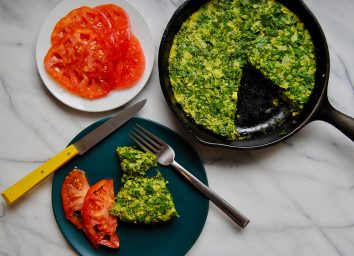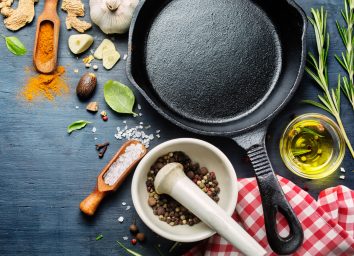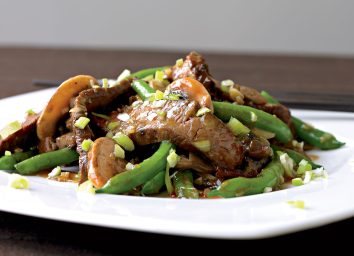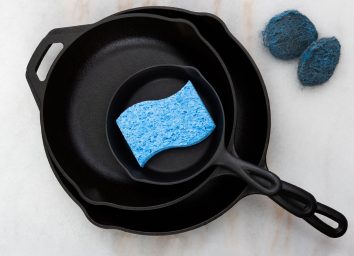Exactly How to Deglaze a Pan, According to a Chef
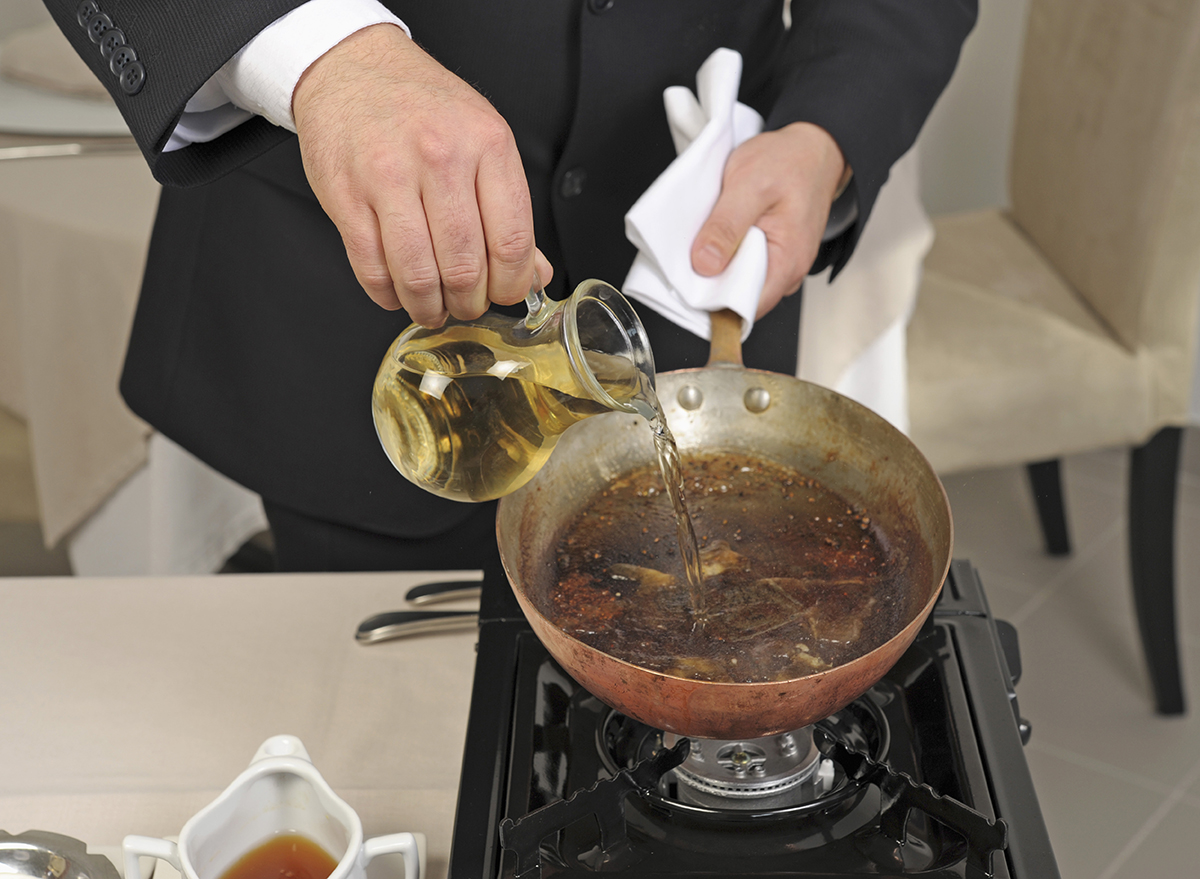
You don't have to be a chef to know how to deglaze a pan, but it's likely that the typical layman has never even heard of the term deglaze. Deglazing a pan simply entails adding liquid to a hot pan in an attempt to remove all of the residue from the food that has deposited at the bottom. This goes for just about any dish you whip up in a skillet, whether it be searing a piece of salmon with the skin still on or caramelizing onions to garnish your homemade pizza with. For some dishes, you might want those tasty bits of food to be included in your dish, in which case, you'll need a technique that will allow what's been seemingly glued to the bottom of the pan to resurface.
We spoke with Dan Harris, the executive corporate chef at Chicago's 4 Star Restaurant Group, for insight on how you can deglaze a pan effortlessly so your dish isn't lacking in the slightest. So before you take the sponge to the pan and aggressively start removing the good-enough-to-eat residue, check out these tips!
How do you deglaze a pan?
"Deglazing is a common practice that most people have done before without even knowing it," says Harris. The chef says the process is often done with stock or wine. However, you can even use beer, vinegar, or juice. It's all about preference!
"After finishing searing meat, whether for a stew or braise or for a quick-seared steak or chicken, add the wine or stock to the hot pan and watch as the seared bits release from the bottom of a pan," he says.
Of course, you'll want to remove the meat from the pan at this point so that you don't dry it out. Also, don't be afraid to grab a spoon and do some gentle scraping if the residue is really stuck on there!
"It is important to note if there is any burning in the pan to discard," says Harris. He says deglazing is not a smart idea for food particles that have burned at the bottom of the pain, though. No one wants to eat those bits anyhow—they will not be missed!
Why is it important to deglaze a pan?
"Deglazing a pan allows [you] to build flavors into sauces and braises," says Harris. "Deglazing fortifies flavors and uses the depth of flavor [that] forms from searing meats or vegetables." It's basically putting leftovers you never thought of to good use.
What kinds of pans need to be deglazed?
"Deglazing works best in stainless steel pans, which conduct even heat and create excellent caramelization, which helps build excellent pan sauces and braises," says Harris.
It was formerly believed that deglazing a cast iron skillet with an acidic liquid like wine or vinegar was unsafe in fear of the acid reacting with the exposed metal and ultimately giving the food a metallic taste. That theory has since been debunked, but there's one condition: you have to regularly season your cast iron skillet for this to be completely safe. That way, the acid will come into contact with the seasoned layer as opposed to direct contact with the metal.
How often should you deglaze a pan?
Harris says that a pan should be deglazed after what's called a fond has formed. A fond, he says, is simply the seared bits of food that have become stuck at the bottom of the pan.
And that's it! Now you can start salvaging those precious food bits that will enhance the overall flavor of your dish.
